
Orbital Trauma in Little Rock
Little Rock Oculoplastic & Facial Cosmetic Surgeon
Overview
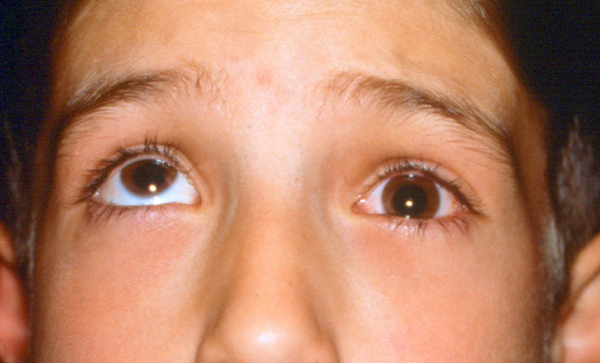 This child is unable to look upward with the left eye when trying to elevate his eyes. This is due to a fracture of the left orbital floor. The muscles and fat get stuck in the fracture and the eye will not move properly.
This young person is unable to look up with the right eye when trying to elevate his eyes. You can see on the CT that there is an interruption involving the bone of the right (your left) orbital floor with soft tissue herniating into the maxillary sinus.
This child is unable to look upward with the left eye when trying to elevate his eyes. This is due to a fracture of the left orbital floor. The muscles and fat get stuck in the fracture and the eye will not move properly.
This young person is unable to look up with the right eye when trying to elevate his eyes. You can see on the CT that there is an interruption involving the bone of the right (your left) orbital floor with soft tissue herniating into the maxillary sinus.
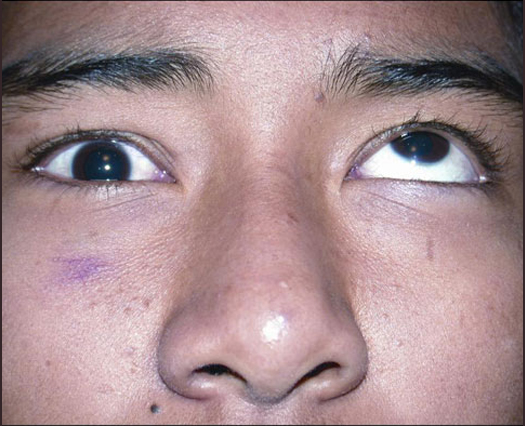 a.
a. b.
b.Orbital Trauma Causes
Orbital trauma is often caused by a blunt force trauma injury. This may be from a hard blow to the face, an accident, or from playing sports. A fracture of the orbit is a serious eye injury and must be given emergency treatment. Surgery may be required.Orbital Trauma Symptoms
Orbital trauma symptoms include pain, bruising, swelling, and bleeding around the eye (the orbital area). An orbital trauma patient may experience facial numbness and changes in vision or double vision. It may be difficult to move the eye, and the patient may feel pain when trying to move the eye. Occasionally, the patient may be nauseated or light-headed, and their heart rate slows.Orbital Trauma Diagnosis
Orbital trauma will need to be diagnosed carefully, since fractures may be present. The patient may be required to undergo a CT scan. Diagnosing orbital trauma in unconscious patients is more challenging. This is because the lack of interaction with the patient makes it difficult to inquire about eye movement and the presence of pain. Upon arriving at the emergency room, immediate treatment will be provided for obvious eye injuries. More serious injuries will be addressed or ruled out first before diagnosing for orbital trauma. Orbital trauma cases can range from simple to complex. Depending on Dr. Brock’s observations and diagnosis, surgery may or may not be required.More Information About Orbital Trauma
This person has enophthalmos of the left eye (your right). This means the left eye is sinking inward. You can see on the CT that there is a fracture of the left medial wall of the orbit so that the ethmoid sinuses have been obliterated by orbital fat. The volume expansion of the orbital space into the ethmoid sinus can sometimes cause enophthalmos. When there are two or more millimeters of enophthalmos present it is usually noticeable to a casual observer.
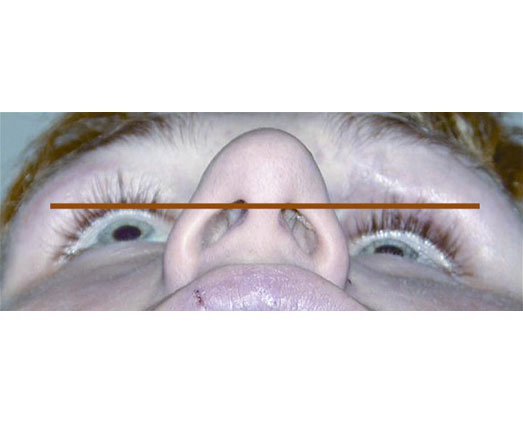 a.
a.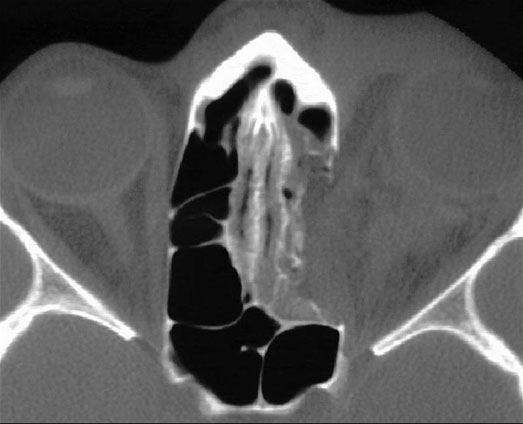 b.
b.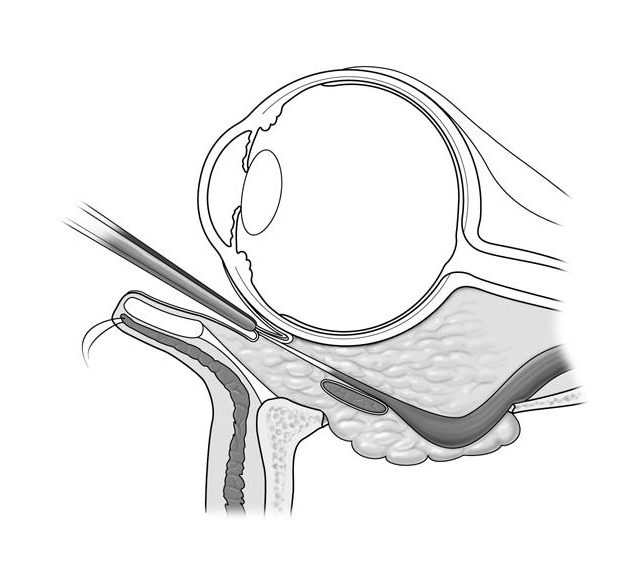
This illustration demonstrates the approach to the orbital floor. An incision is made behind the eyelid and underneath the eye.
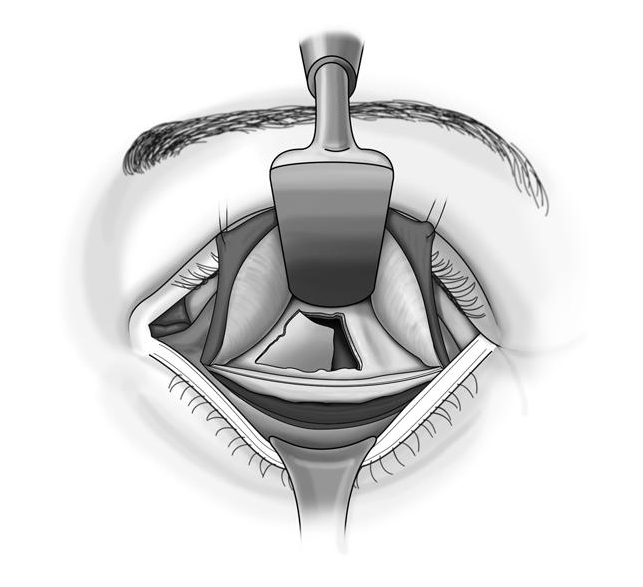
The fracture of the orbital floor is exposed for repair.
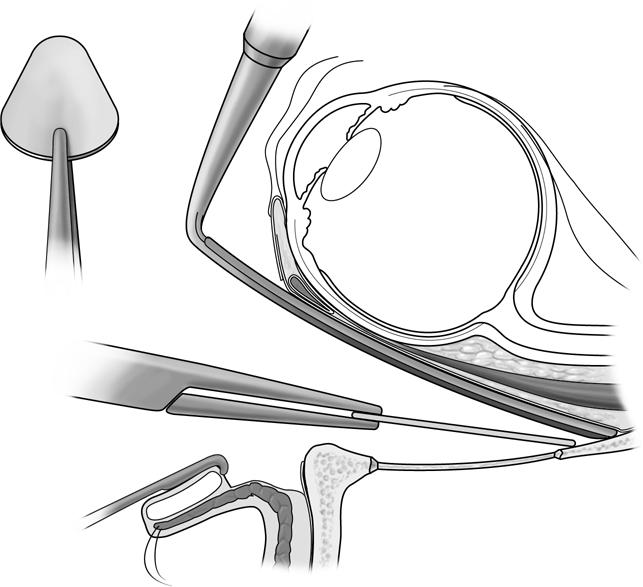
An implant is placed. In this illustration the implant is shown to be a supramid sheet. Sometimes a titanium implant or other material is essential for repair.







